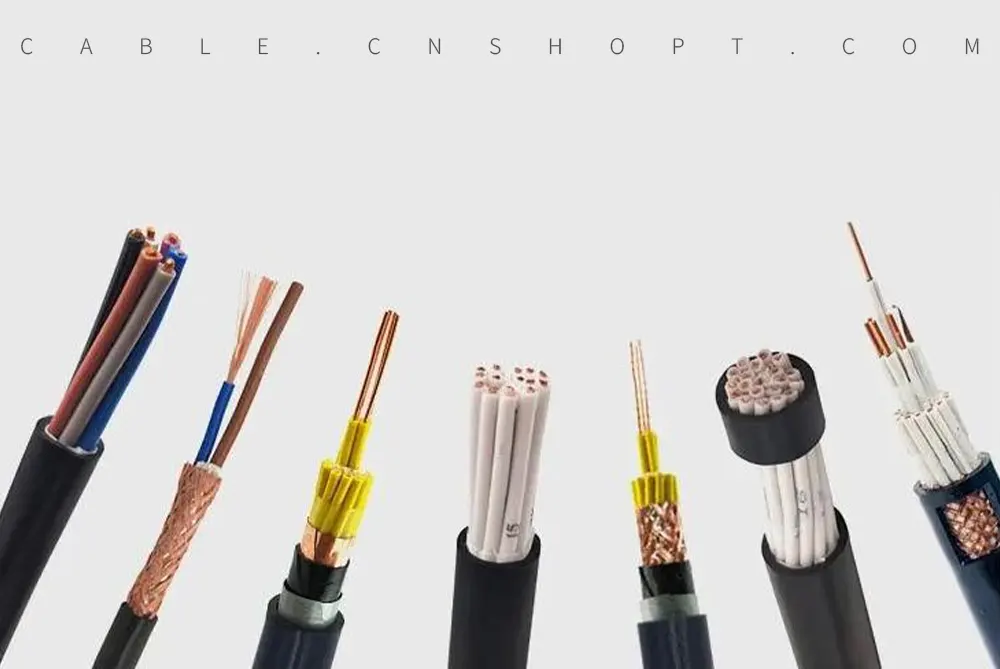Control cables are specialized electrical cables designed for transmitting control signals between devices. They play a crucial role in automation and control systems across various industries. Understanding the features and applications of control cables is essential for effective system design and operation.
Control cables consist of multiple conductors insulated individually and bundled together. They are specifically engineered to carry low-voltage signals for controlling machinery and equipment.
Typically made of copper, control cables feature stranded conductors that enhance flexibility and reduce the risk of breakage during installation.
These cables are insulated with materials such as PVC, rubber, or XLPE, providing protection against environmental factors and ensuring signal integrity.
Many control cables include shielding to minimize electromagnetic interference (EMI) and radio frequency interference (RFI), which is crucial for maintaining signal quality in noisy environments.
Control cables come in various configurations, including twisted pairs and multi-core cables, allowing for flexibility in application and installation.

Used to connect sensors, actuators, and controllers in manufacturing and processing environments, facilitating automated operations.
Control cables play a critical role in HVAC systems, enabling communication between thermostats, sensors, and control units for efficient climate control.
Employed in elevator systems to control various functions, including speed and door operations, ensuring safe and reliable performance.
Utilized in modern agricultural machinery for automated control of planting, irrigation, and harvesting processes.
When installing control cables, it’s important to consider:
Adhere to the recommended bending radius to prevent damage to the conductors and insulation.
Maintain adequate distance from power cables to minimize interference and ensure signal integrity.
Select cables rated for the specific environmental conditions, such as moisture, temperature, and exposure to chemicals.
Note
Control cables are essential for the effective operation of automation and control systems, providing reliable signal transmission in various applications. Understanding their features and applications helps ensure the right selection for your project. If you have questions about control cables or need assistance, feel free to reach out!
CNSHOPT team will generally respond to your message within eight hours. If it is a weekend or a Chinese statutory holiday, there will be a delay.
We prefer you to contact us via email : info@cnshopt.com. In case of emergency, you can directly contact our WhatsApp account. If you do not receive our reply within 24 hours, please check your spam mailbox, it may appear there. We hope you will add our email to your trust list.